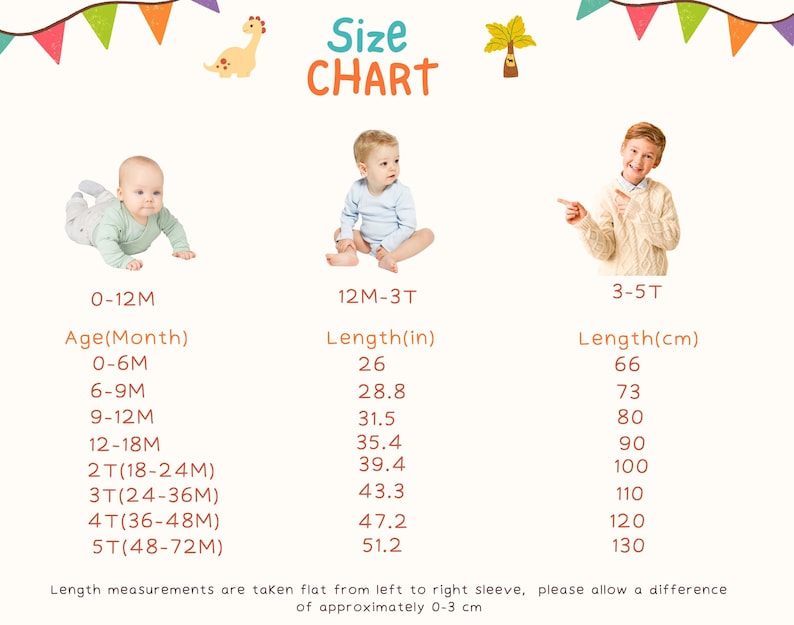OYO88 adalah bandar resmi terbesar yang menyediakan link gaming slot online terpercaya yang mudah jackpot maxwin setiap hari, karena kami memberikan RTP tinggi dan pola update setiap permainan, sehingga para member slot online gampang meraih kemenangan besar hari ini.
Star Seller
Star Sellers have an outstanding track record for providing a great customer experience—they consistently earned 5-star reviews, shipped orders on time, and replied quickly to any messages they received.
You can only make an offer when buying a single item
Penjelasan
-
Order today to get by Mar 29-Apr 4
Your order should arrive by this date if you buy today. To calculate an estimated delivery date you can count on, we look at things like the carrier's latest transit times, the seller's processing time and shipping history, and where the order is shipping to and from.
-
Returns & exchanges accepted within 30 days
Buyers are responsible for return shipping costs. If the item is not returned in its original condition, the buyer is responsible for any loss in value.
-
Cost to ship: USD 4.00
-
Ships from: United States
There was a problem calculating your shipping. Please try again.
Etsy Purchase Protection
Shop confidently on Etsy knowing if something goes wrong with an order, we've got your back for all eligible purchases — see program terms
Slot Online Rating Tertinggi
5 out of 5 starsSaya memilih OYO88 karena proses login selalu lancar dan game-gamenya terbukti gacor. Tiap hari selalu ada saja hasil yang didapat.
Rani Siahaan Nov 19, 2025
Begitu pindah ke link resmi OYO88, frekuensi jackpot langsung meningkat. Situsnya stabil, aman, dan jelas bisa diandalkan.
Putri Lubis Nov 15, 2025
Dukungan provider lengkap, server cepat, dan winrate yang oke membuat OYO88 jadi platform paling nyaman untuk main harian.
Hadi Ginting Nov 16, 2025
Meski baru seminggu nyobain, profit sudah masuk berkali-kali. OYO88 jelas nunjukkin performa gacor yang real.
Nella Marion Jolla Nov 16, 2025


























